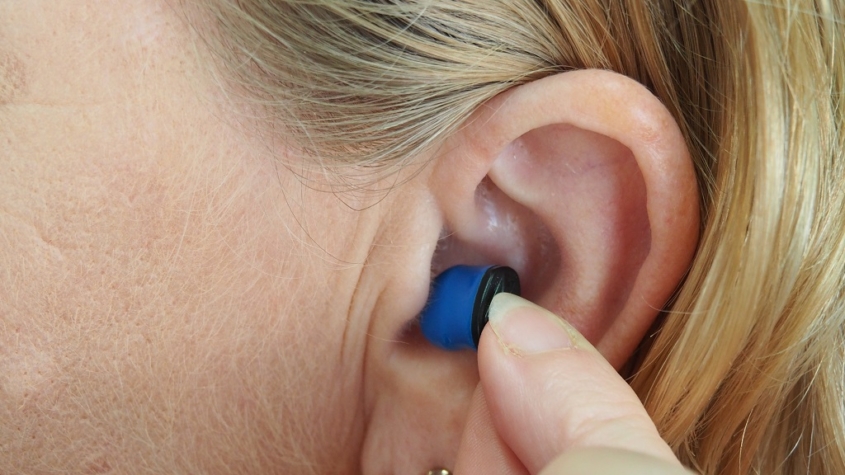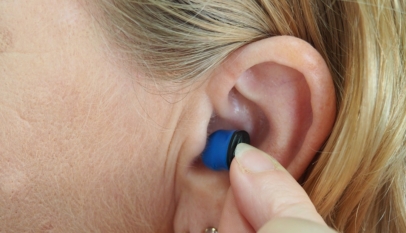
How To Choose a Hearing Aid
Hearing loss is very common among seniors. A deterioration in one’s ability to hear can lead to frustration and social isolation, impacting various aspects of their life. In such situations, hearing aids are a helpful solution. Hearing aids are devices that enhance or replace sound perception when there is a lack or deficiency in hearing.
Below we’ve compiled a guide to help people choose an appropriate hearing aid.
Hearing Aid Designs
Different hearing aid styles are suitable for different levels and types of hearing loss. There are three main hearing aid styles:
– Behind the ear (BTE) Behind-the-ear hearing aids, or BTEs, feature a tube that extends from behind the ear to a mold inside the ear. Such hearing aids are recommended for people who experience severe or profound hearing loss.
– Receiver in the canal (RIC) RIC hearing aids also feature a piece that sits behind the ear, but it’s usually smaller than that of BTE aids. Instead of a tube, RIC hearing aids contain a small, nearly invisible wire connecting to a tiny, flexible tip called a dome (similar to an earbud). This dome entirely fits in the ear canal. Such hearing aids are especially suitable for people with mild hearing problems.
– Custom Customized hearing aids are made based on the impression of a person’s ear canal. They could be tiny, fit entirely inside the canal, or cover the outer ear.
Healthcare professionals generally recommend a hearing aid style based on the severity of hearing loss a person is experiencing.
When to Go for Invisible Hearing Aids?
Invisible hearing aids tend to block out good hearing entirely. They’re great for people who experience hearing loss in both low and high frequencies as they amplify sound in both frequencies.
Sometimes, people can hear properly in low frequencies but not so well in high frequencies. In such cases, an “open-fit” is recommended as it lets in all natural frequencies.
An “open-fit” hearing aid gives a natural sound quality. On the other hand, an invisible hearing aid will give an “occlusion effect.” This means that one may hear their own voice echoing loudly in their head.
Other Factors
Hearing aids today come with many different features. It’s possible to stream music, listen to audiobooks, and use Bluetooth connectivity with modern hearing devices. People can also choose between battery-operated and rechargeable hearing aids. Discuss these features with a qualified healthcare provider before making a choice.











